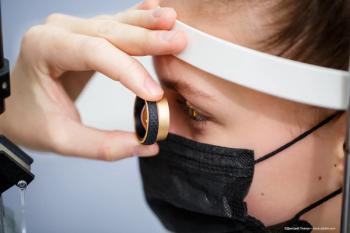
Investigators identified that patients with moderate and severe SARS-CoV-2 pneumonia have decreased central retinal vascular density compared with patients who were asymptomatic/paucisymptomatic or control subjects.

Investigators identified that patients with moderate and severe SARS-CoV-2 pneumonia have decreased central retinal vascular density compared with patients who were asymptomatic/paucisymptomatic or control subjects.

Technology that allows consistent monitoring could be useful tools in 2022—and may be the key to tracking nAMD progression in fellow eyes among patients who have had intervals extended due to new technology.

Presenters at the conference provided new evidence about detecting geography atrophy and wet and dry AMD early and predicting disease progression. Investigators are also focused on finding cures for inherited retinal diseases.

Investigators at the Eye Clinic, Department of Medicine, Surgery and Health Sciences, University of Trieste, Trieste, Italy, found that the appearance of the retina and optic disc was associated with the SARS-CoV-2 virus.

Researchers know that parts of the retina are considered as biomarkers for Alzheimer disease, but the team from Otago’s Dunedin Multidisciplinary Health and Development Research Unit in New Zealand have been investigating the retina’s potential to indicate cognitive change earlier in life.

Spect’s mobile device will enable providers to conduct critical eye screenings anywhere in a matter of minutes.

Investigators search for a link between transient ischemic attacks and changes in the retina.

Work by a team of investigators is shedding light on the severity for gene variants and establishing outcome measures for therapeutic trials.
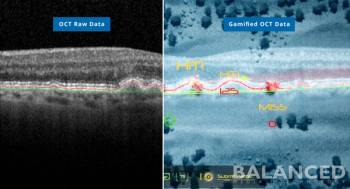
A partnership that includes BALANCED Media|Technology, the Retina Foundation of the Southwest and Southern Methodist University is seeking a patent for machine learning software for OCT images aids in identity progression and treatment options.

The difference between retina’s biological age and person’s real age linked to heightened death risk, with a team of Australian investigators finding that evidence suggests the microvasculature in the retina may be a reliable indicator of the overall health of the body’s circulatory system and the brain.
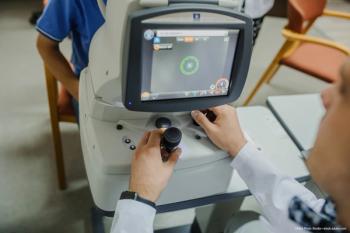
Imaging study revealed specific retinal and choroidal changes associated with the disease.
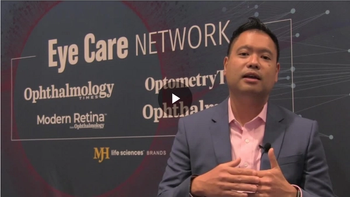
Ted Leng, MD, discusses his presentation, “Variations in Vitreoretinal Physician Utilization of Ancillary Testing: An IRIS Registry Analysis” during Retina Specialty Day at AAO 2021.

A pilot study tests the technology to obtain remote fundus imaging of patients.

Retinal and choroidal changes were observed in study.
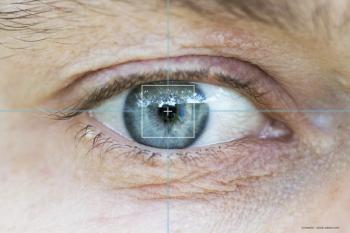
Patients can get real-time disease monitoring with self-operated device.
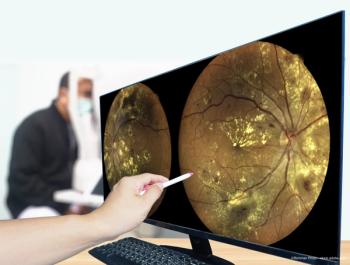
SD-OCT is providing reproducible, high-quality, registered images to assess the treatment response in macular disease.
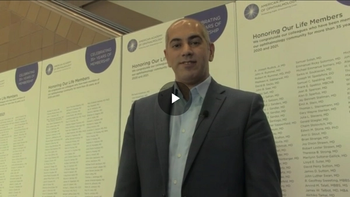
Mohamed Abou Shousha, MD, PhD, discusses Heru’s wearable AI-powered diagnostic devices at AAO 2021.

John B. Miller, MD, discusses widefield swept-source OCTA and its use in monitoring biomarkers in diabetic retinopathy.
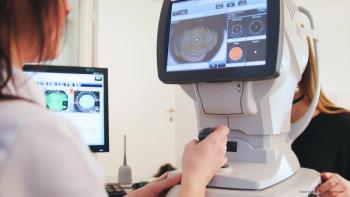
Options facilitate increased durability for patients with retinal degeneration.

Justis P. Ehlers, MD, discusses the findings from a higher-order OCT analysis for inflammatory signal biomarkers in the HAWK Study.

Proposal hints at the use of generative adversarial network (GAN) for applications in macular surgery.

The EIDON Ultra-Widefield Lens module from iCare USA has received 510(k) approval from the FDA for distribution in the US.
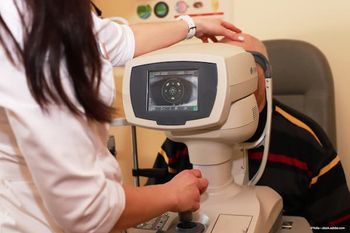
Investigators hope to develop a novel artificial intelligence model.

In the 30 years since optical coherence tomography was first described, it has become one of the most widely used technologies for imaging the human eye.

Investigators find imaging method may be useful to monitor disease progression.